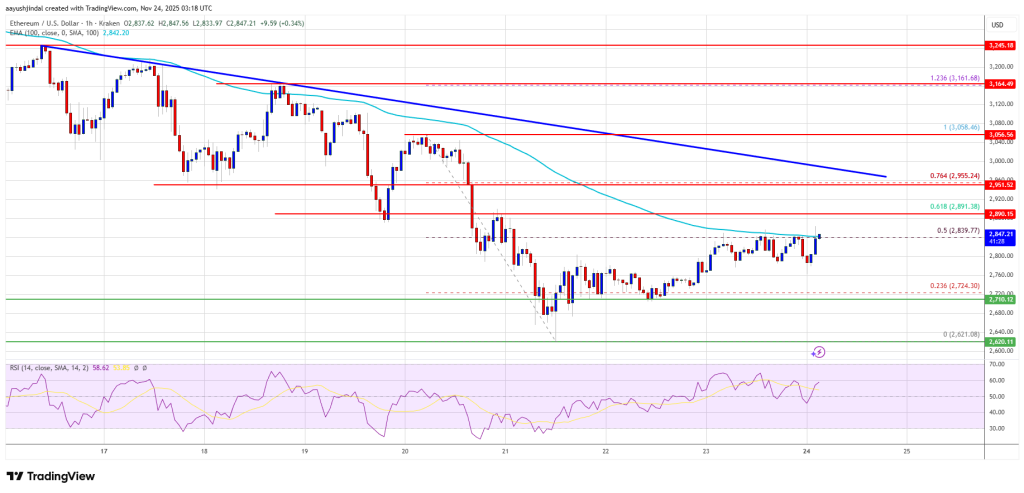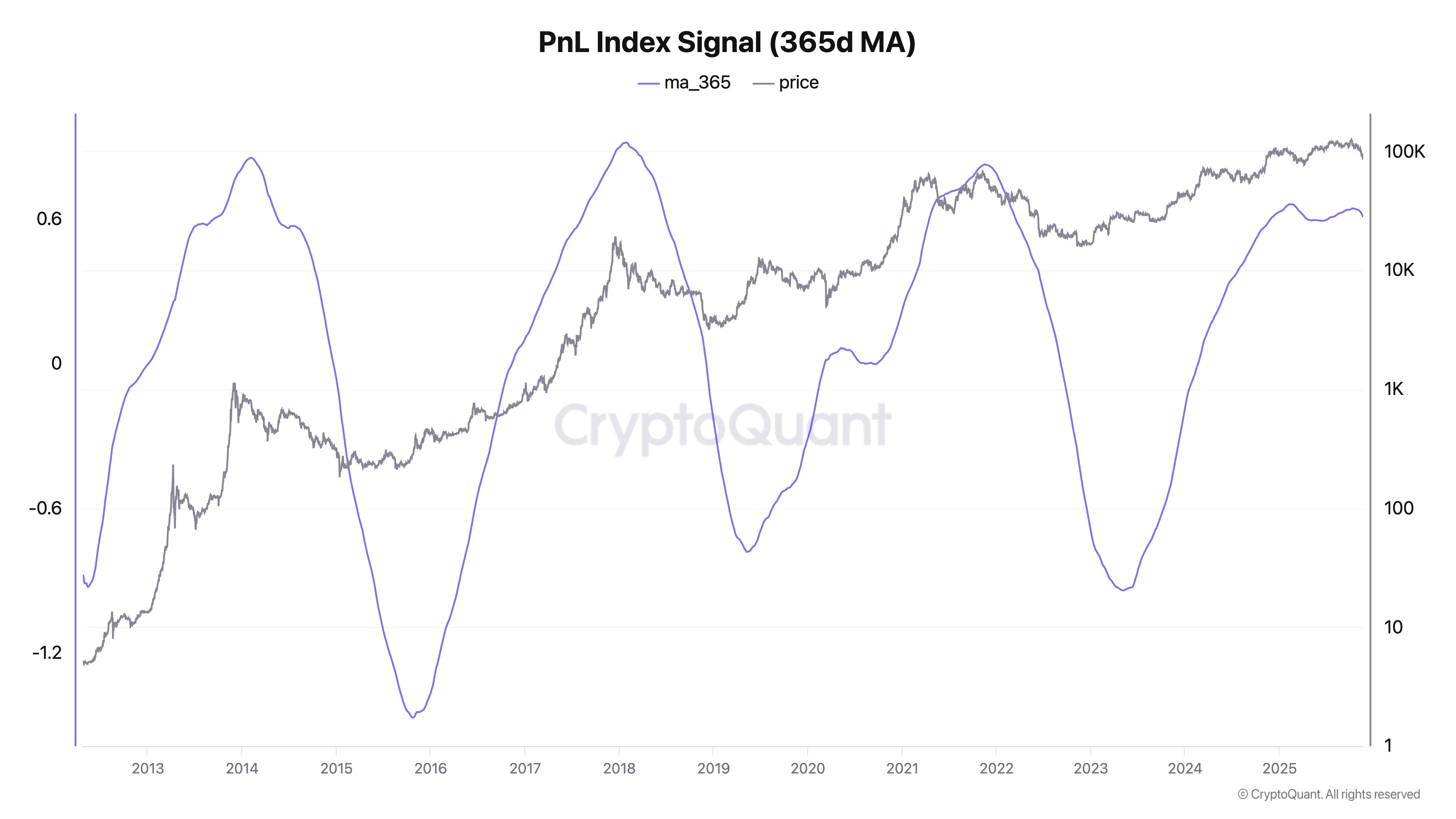
A New Dawn for Crypto in the U.S.? The Shifting Landscape of Regulation and Opportunity
For years, the U.S. was at the forefront of blockchain innovation. Early cryptocurrency projects thrived in a regulatory environment that, while uncertain, allowed for experimentation and growth. Startups conducted funding rounds, developed protocols, and introduced groundbreaking technologies—all from within American borders.
However, as regulations tightened and enforcement actions ramped up, the tides shifted. The SEC’s interpretation of securities laws cast a shadow over token sales, making compliance a daunting challenge. Entrepreneurs faced a harsh reality: either operate within an ambiguous and risky framework or move offshore to friendlier jurisdictions. Most chose the latter.
The Offshore Exodus
By 2019, it was clear that launching a token in the U.S. came with a host of complications. The SEC’s evolving stance, particularly in the wake of The DAO Report and subsequent lawsuits like SEC v. LBRY, made it difficult to discern which tokens might be classified as securities. Despite initial guidance that Bitcoin and Ethereum did not fall under this category, the uncertainty surrounding other tokens pushed many firms to establish offshore foundations.
From the Cayman Islands to Zug, Switzerland, blockchain projects found regulatory havens where they could operate without the looming threat of SEC scrutiny. These jurisdictions provided legal structures that allowed startups to issue tokens while minimizing tax exposure. The strategy was clear: decentralize operations, create a governance framework separate from the founding team, and maintain just enough distance to avoid classification as a U.S. security.
The SEC v. LBRY Ripple Effect
The LBRY case was a turning point. A relatively small project, LBRY nonetheless found itself at the center of a legal battle with massive implications. Judge Paul Barbadoro’s ruling suggested that even tokens with clear consumptive use could be deemed securities if there was an expectation of profit among buyers.
This was a game-changer. Until then, many had believed that so long as a token had a functional purpose beyond investment, it could escape securities classification. But the court’s decision shattered that assumption. Projects that had once felt safe now saw a new level of risk in the U.S. legal system.
The ruling forced even more projects offshore. Founders and investors alike recognized that the safest course of action was to structure their ventures outside U.S. jurisdiction. A complex network of offshore entities emerged, allowing teams to continue development while remaining legally insulated.
A Potential Turning Point
Today, however, the winds may be shifting once again. The SEC’s stance, while still firm, is facing pressure from industry leaders, policymakers, and even members of the Trump family.
SEC Commissioner Hester Peirce has been vocal in her support for clearer, more lenient regulations. She has proposed new approaches that could provide relief for token issuers and open the door for legally compliant token sales within the U.S. Her advocacy for a “safe harbor” provision has resonated with many in the industry, offering a potential path forward that doesn’t require companies to flee offshore.
Meanwhile, legal minds are working on innovative solutions. The Decentralized Unincorporated Nonprofit Association (DUNA) is one such concept, allowing blockchain projects to function as legitimate legal entities within the U.S. without falling into traditional corporate structures. If widely adopted, this could provide a bridge between compliance and innovation.
The Role of Tax Policy
In addition to regulatory shifts, tax policy could play a crucial role in reshoring crypto activity. Recently, Eric Trump floated the idea of eliminating capital gains taxes on cryptocurrency transactions. While still in the realm of speculation, such a policy change would be a massive incentive for blockchain companies to return to the U.S. It would reduce friction in crypto trading and encourage long-term investment in domestic projects.
Moreover, new tax-efficient fundraising models, such as token warrants, are gaining traction. Unlike traditional token sales, these instruments allow projects to raise funds without triggering immediate tax liabilities. If widely accepted, they could ease one of the biggest financial burdens associated with U.S.-based token issuances.
Will Crypto Come Back to the U.S.?
The question remains: Will these emerging changes be enough to bring crypto projects back onshore? For many, the decision will depend on the SEC’s willingness to provide regulatory clarity and Congress’s appetite for crypto-friendly tax policies.
If policymakers act swiftly, they could halt the ongoing exodus of blockchain innovation. The industry is watching closely, hoping that the U.S. will once again be a place where cryptocurrency projects can thrive without fear of regulatory whiplash.
For now, the fate of crypto in America hangs in the balance. But for the first time in years, there’s a real sense that a comeback could be possible.




